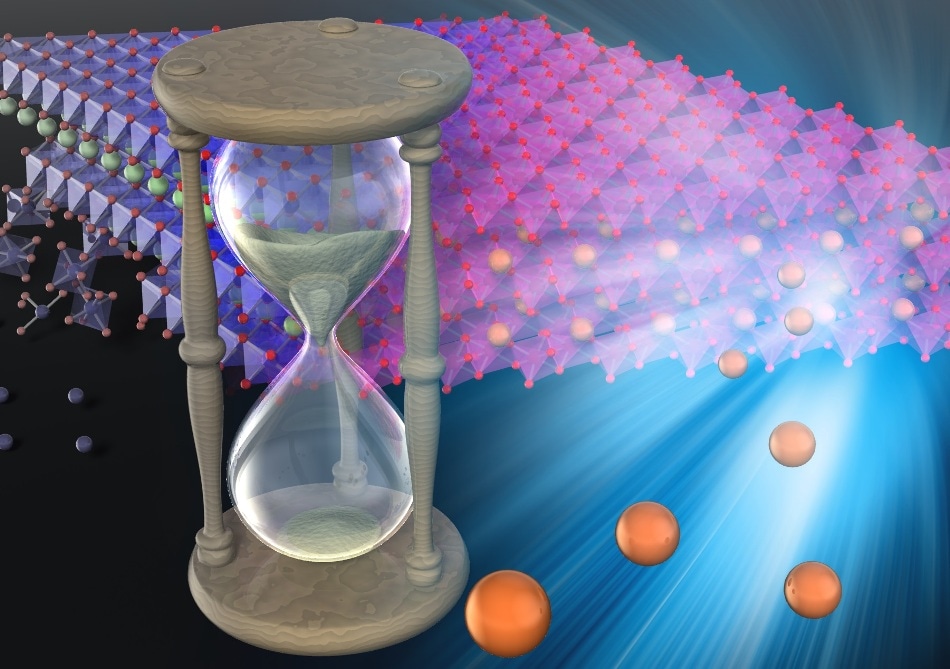May 17 2019
University of Tokyo engineers are constantly involved in pioneering new ways to enhance battery technology. Recently, Professor Atsuo Yamada and his team have developed a material which could considerably prolong battery life and provide batteries with higher capacities as well.
 Self-repairing batteries would have longer lifetimes than batteries at present. (Image credit: ©2019 Atsuo Yamada)
Self-repairing batteries would have longer lifetimes than batteries at present. (Image credit: ©2019 Atsuo Yamada)
From pacemakers to smartphones and nowadays even cars, batteries drive much of the world and their significance only continues to expand. There are two specific features of batteries that many feel has to improve to be able to cater to future requirements. These are the durability of the battery and also its capacity — how much charge it can hold.
The chances are a person’s device uses a type of battery referred to as a lithium-ion battery. But another kind based on sodium instead of lithium may become common soon. The two kinds of batteries can store and deliver a large quantity of charge, owing to the way constituent materials pass electrons around. But in both sodium and in lithium batteries, repeated cycles of charging and usage can greatly lower the storage capacity over a period of time.
Looking inside a standard battery, one can see layers of metallic material. As batteries charge and discharge, these layers degrade and form flakes or cracks — known as stacking faults — which decrease the batteries’ ability to store and supply charge. These stacking faults happen because the material is held together by a weak force known as the Van der Waals force, which is easily overwhelmed by the stress placed on the materials during charging and use.
Yamada and colleagues showed that if the battery is manufactured using a model material — oxygen redox-layered oxide (Na2RuO3) — then something extraordinary takes place. Not only does the degradation from charge and discharge cycles reduce, but the layers truly self-repair. This is because the material the engineers showed is held fast by a force known as Coulombic attraction, which is much stronger than the Van der Waals force.
This means batteries could have far longer life spans, but also they could be pushed beyond levels that currently damage them. Increasing the energy density of batteries is of paramount importance to realize electrified transportation.
Atsuo Yamada, Professor, University of Tokyo